Beoplay HX – Comfortable ANC over-ear headphones | B&O
Offering a powerful and authentic sound experience with Adaptive Active Noise Cancellation, a comfortable, lightweight build , impressive call quality and up to 35 hours of play time.
With the latest generation of adaptive active noise cancellation, Beoplay HX effectively removes background noise. Premium materials and a close-fitting design ensure effective sound isolation, so you can keep your listening experiences to yourself – ideal when you’re working from home and don’t want to disturb your family. Four dedicated microphones ensure that when you have to make a call, clarity is optimised.
Beoplay HX are finely tuned by our industry-leading engineers to ensure you hear your music the way the artist intended. Custom-made 40mm drivers with neodymium magnets deliver a precise and immersive listening experience. You can also customise your sound profile via BeoSonic on the Bang & Olufsen App as well as change ANC levels to match your needs wherever you are.
Engineered to be lightweight and for long-term wearing, Beoplay HX are made for comfortable listening experiences. The headband has a centre relief comfort zone to reduce pressure and extend wear time, while soft lambskin and memory foam ear cushions gently frame the face. Materials have been chosen for the high levels of comfort they offer, as well as their durability.
Additional information
| Dimensions (mm) | 195 W x 200 H x 52 D mm |
|---|---|
| Weight | 285 g |

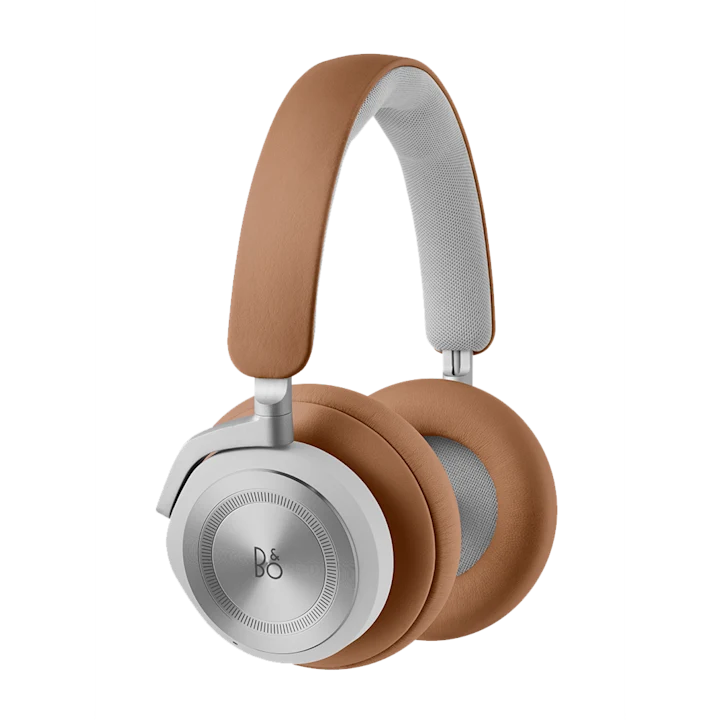
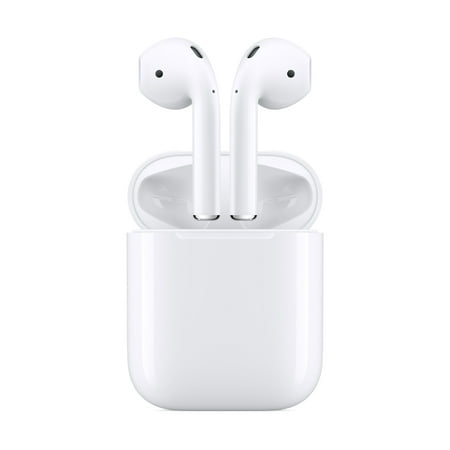
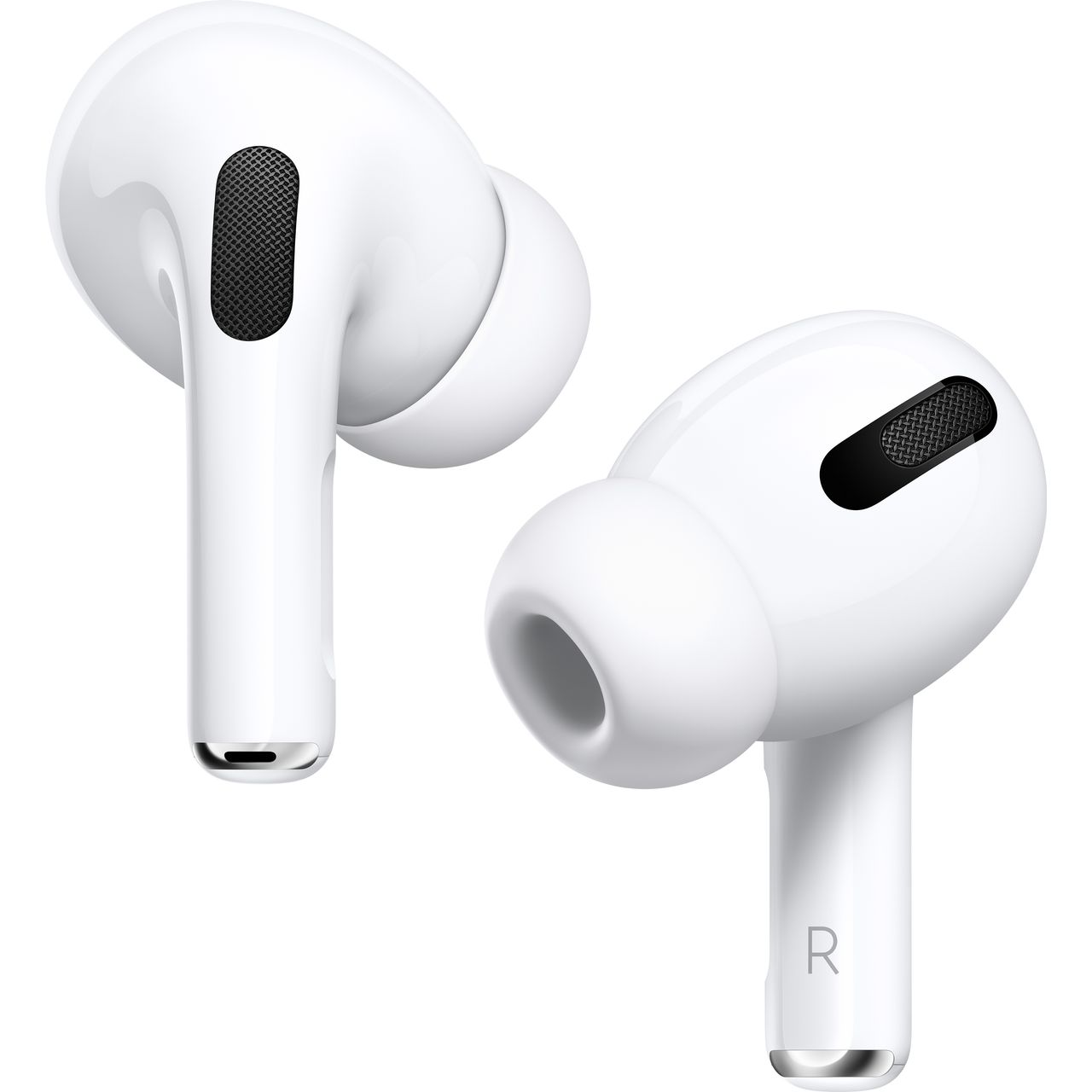
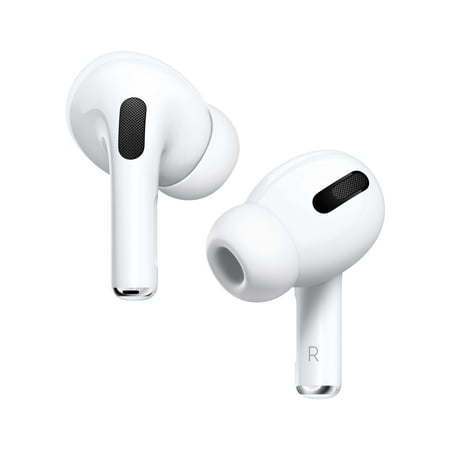
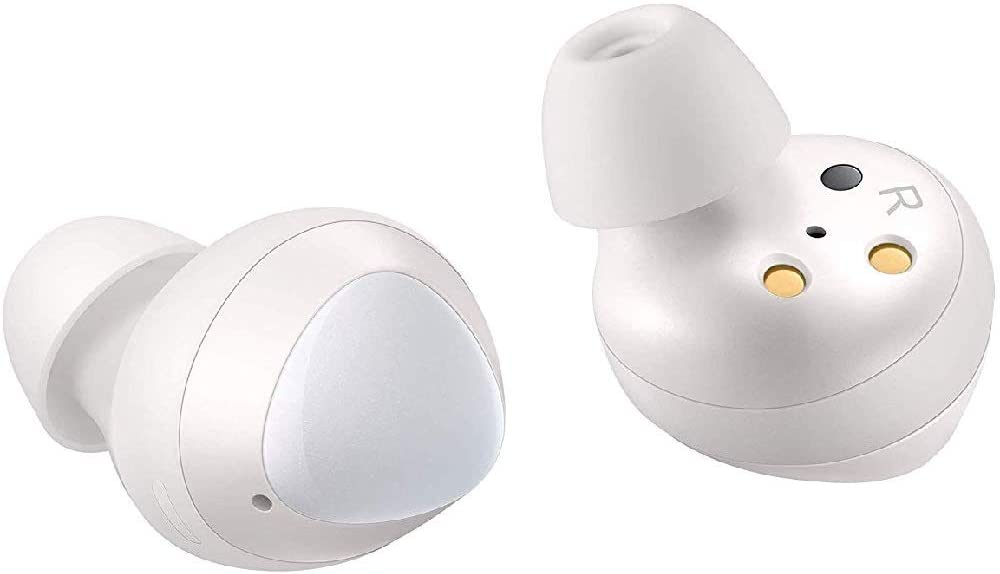
Reviews
There are no reviews yet.